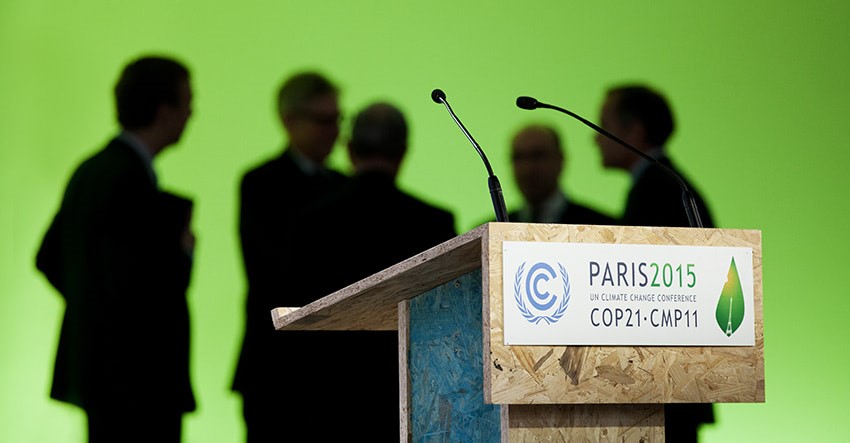Methodology behind the CCPI
CCPI 2024 evaluates and compares the climate protection performance of 63 countries and the European Union (EU), which collectively account for more than 90% of global greenhouse gas (GHG) emissions.
The graphic below shows the CCPI’s components. The CCPI aims to deliver a comprehensive and balanced evaluation of the diverse countries evaluated. It uses 14 indicators (outer circle) and the following four categories:
GHG Emissions (40% of overall score)
Renewable Energy (20% of overall score)
Energy Use (20% of overall score)
Climate Policy (20% of overall score)
80% of the assessment is based on quantitative data from internationally recognised institutions.
Around 80% of the assessment of a country’s performance is based on quantitative data from the International Energy Agency (IEA), PRIMAP, the Food and Agriculture Organization (FAO), and the national GHG inventories submitted to the UNFCCC. Due to data availability, past CCPI editions until 2022 were calculated using data recorded two years prior. Since the CCPI 2023 edition, with the help of PRIMAP, we have been able to use GHG emissions data with only a one-year time lag. This means that for the CCPI 2024, we are using GHG data from 2022 (relying on numerical methods and linear extrapolation). The Renewable Energy and Energy Use categories are calculated with data recorded in 2021, as this is the most recent data available. Thus, the CCPI 2024 is still influenced by COVID-19.
The three quantitative categories GHG Emissions, Renewable Energy, and Energy Use are each defined by four indicators: Current Level, Past Trend, Well-Below-2°C Compatibility of the Current Level, and Well-Below-2°C Compatibility of the Countries’ 2030 Target.
20% of the assessment is based on the unique Climate Policy section
The remaining 20% of the assessment is based on the CCPI’s globally unique Climate Policy section. With this category, the index covers the most recent developments in national climate policy frameworks. The quantitative data alone cannot project these.
This category’s indicators are National Climate Policy and International Climate Policy. The qualitative data for these indicators are assessed annually with a comprehensive questionnaire. A performance rating provided by climate and energy policy experts from the evaluated countries serves as the basis for this.
This category considers that climate protection measures taken by governments often take several years to impact GHG Emissions, Renewable Energy, and Energy Use, as depicted in the following graph:

The index’s logic followed in choosing these four components takes into account how Climate Policy, if effective, will over a few years influence Energy Use and Renewable Energy, ultimately lowering GHG Emissions.

Further details on the methodology
Interpreting the CCPI results
It’s important to note that only production-based emissions are used in calculation of the results. This reasoning is that a country is held accountable for the emissions it is producing, rather than those from consumption.
Also notable is that more than half of the CCPI ranking indicators are qualified in relative (better/worse) rather than absolute terms. Therefore, even countries with high rankings have no reason to be complacent. Conversely, the results show that even if all countries were as committed as the frontrunners, efforts would still be insufficient to prevent dangerous climate change.
Following the Paris Agreement
The CCPI methodology was revised in 2017 to fully incorporate the results of the negotiations of the Paris Agreement. Since then, the CCPI measures have been partly based on the promises the countries themselves formulated in their Nationally Determined Contributions (NDCs).
The index now evaluates the 2030 targets and the well-below-2°C compatibility of countries’ current levels and targets in the GHG Emissions, Renewable Energies, and Energy Use categories. The new methodological design also covers all greenhouse gas emissions. This means there is limited comparability between versions

